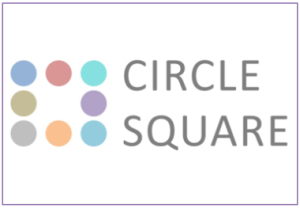Circle Square Digital Health Trends – November 2022


6th December 2022 – Contribution by Mark Lazzell – Featured in Circle Square Digital Health Highlights November Newsletter
Forecasts for Oracle Health from industry analysts and reporters

Analyst conclusions. Mark Lazell, Signify Research analyst, sees limited opportunities to integrate Cerner into Oracle; focus needs to be (1) product issues at the VA; and (2) US market losses.
VA. Promised to drive growth, Cerner has instead been crippled by software disruptions, patient safety incidents and more; suspended in July 2021 with further rollouts delayed until June 2023.
Epic US dominance. Epic now has 28.7% US market share and Oracle Cerner 25.9%. Epic is benefitting from trend in the US of large health networks buying smaller providers and wanting to harmonize on one EHR.
Market goals. Signify wonders if Oracle will invest in the global EHR market. It has two products, Millennium and i.s.h.med (Netherlands, Germany, Austria, Switzerland and parts of the Middle East/Asia). A focus on Millennium for the future may make sense, so divesting other
solutions might be a future path.
Editorial: Additionally, Oracle Cerner has partnered with Labcorp to manage hospital-based laboratories in 10 states. Chilmark’s optimism about Oracle is justified. The international market is attractive, and Oracle can win there. It can also make additional inroads into the US market in population health, cloud data management, and interoperability. And its new billing system, RevElate, comes at a time when the US health systems market is making revenue cycle management its top priority.
Population health in the UK needs a push forward from NHS

In theory. Recent InterSystems contracts with two Integrated Care Systems (ICSs) in the UK provide a foundation to enter the embryonic
European PHM markets but raise wider questions on the nature of the market.
Signify view. While both deals further affirm the success of InterSystems’ HealthShare solution, they should also now be viewed in the wider context of the UK PHM market.
PHM maturity model. The chart on the right shows the market’s expected evolution over the coming years.
- Currently, it is still in its formative years, with investment concentrated on data consolidation.
- Most of this investment has already taken place, thereby limiting the upside potential for the likes of InterSystems in this space going forward.
- The next phase will focus on how to leverage new harmonized patient data pools to support integrated care, and upscale a care management process that is, at present largely manual.
Vendors and roles. Vendors include InterSystems, Oracle Cerner, Graphnet, Patients Know Best and Orion; new revenue streams will include analytics solutions, IT strategy consulting, and value-based care.
Editorial: Mark Lazell, an analyst with Signify Research, a UK-based digital health market research service, provides insight into the impact of two new contracts with UK providers by
InterSystems. He reports that despite many of the ingredients being in place, the UK PHM process has hit a roadblock which will only be overcome if the NHS can change its entrenched ways ofworking and if all stakeholders in the industry can find new ways to work together to pull the PHM market into a new era. It will need to move on from platforms and invest in people andprocesses to proactively make use of the tools.

